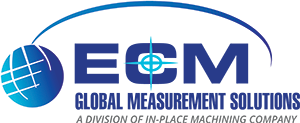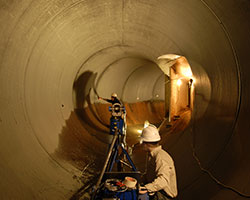
Step 1: Establish Your Application Scope
Every customer contacts us with a goal in mind; however, they may not know what has to be done to achieve that goal. At ECM we begin every project with a full evaluation of the scope of the project, confirming what services are needed for a successful project result. This is the most important part of the process. Understanding the objectives of the customer sets the stage for establishing equipment type, scanning technique, modeling process, and ultimately the customer’s end result.
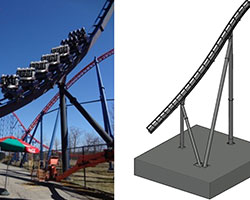
Step 2: Create a BIM to CAD Comparison
We understand the need to have control over every aspect of your project. ECM engineers are sensitive to company policies and non-disclosure agreements. Our engineers will not only walk you through the process, but they will identify the various levels of detail available in our deliverables, so you understand every step and what comes next in the process. You tell us your specification requirements and we will build the model to match. All you have to do is send us the CAD requirements or base drawings and any accompanying PDF files for us to get started.
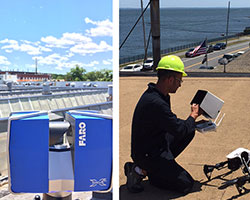
Step 3: Select the Right Technology
On site documentation is not just about experience and technique in the field, it is about understanding and adopting the science of measurement otherwise known as “metrology” to the world of construction, architecture, facility planning, historic preservation, and overall infrastructure. ECM has over 15 years of experience in the metrology industry ranging from dimensional measurement, scanning and modeling, reverse engineering and part-to-CAD reporting.
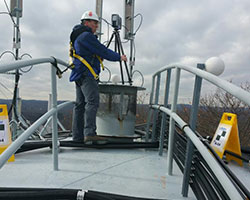
Step 4: Choose the Right Scanning Method
A scan typically ranges from 2 minutes to 30 minutes depending on the density, sampling, and field of view settings. Some scanners are able to record a panoramic photograph which is superimposed onto the point cloud resulting in colorized RGB data points. Individual point cloud scans do not have any positional reference to the other scans, they must be processed and aligned using specialized software in our offices. In order to meet expected levels of precision, ECM uses targets when scanning to provide an accurate, measureable full scale 3D database of scanned objects or buildings.

Step 5: Review Your Results
Many variables can occur that will affect data quality and time spent out in the field. The skill in knowing how different variables will affect the data typically comes with more scanning experience; however, all outcomes can usually be predicted beforehand with proper understanding. Our engineers have experience with the leading scanning equipment in the industry and we partner with the OEMs that manufacture the equipment.
